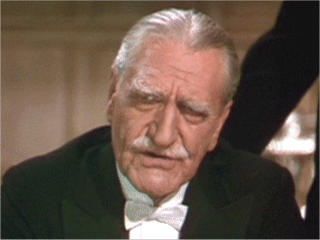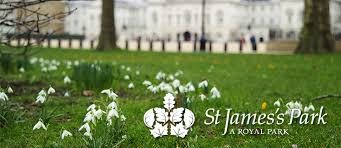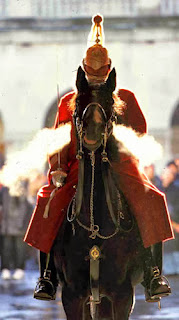Victoria here. 2014 marks several significant historical anniversaries. One hundred years ago, the world became embroiled in the Great War, known nowadays as World War I. Two hundred years ago the Allies triumphed over Napoleon, sent him into exile on Elba, then celebrated their grand victory with a series of London extravaganzas before settling into the Congress of Vienna where they argued over the fate of a non-Napoleonic Europe.
Three hundred years ago in 1714, the Hanoverians became Kings of England, when King George I took the throne left vacant by the death of Queen Anne (1665-1714) in August 1714. Anne’s several children had predeceased her and at her death, Great Britain was left without a successor as monarch. A few years earlier, after the death of her one child who lived to the age of eleven (William, Duke of Gloucester, 1689-1700), the English Parliament struggled to find a successor to the Queen, a successor who would not restore Roman Catholicism. The Act of Settlement of 1701 gave the crown, assuming no further children were born to Anne, to Sophia, Electress of Hanover, and her Protestant descendants. She was a granddaughter of James I, and though dozens of Catholic family members had closer ties to Anne, all but Protestants were precluded from the succession. Sophia, the Electress, had died just two months before Queen Anne’s passing; thus, her eldest son was Elector and became British King.
Georg Ludwig (1660-1727) was 54, the Elector of Hanover, when he became the King of Great Britain and Ireland. George had married Sophia Dorothea of Celle in 1682. The marriage, though it resulted in two children, was never happy. When he came to London to receive the British crown, Sophia remained behind in Germany, more or less a prisoner. for the rest of her life. When George I was crowned in Westminster Abbey in October, 1714, there was widespread rioting in opposition to his rule.
However, the politically powerful, mainly the Whigs, kept him in power, even though he never learned to speak English. During his reign, Sir Robert Walpole, first real prime minister, truly ran the government. Many historians see George I’s time as big jump in shift of power from the crown to Parliament.
George II succeeded his father in October, 1727, as the last King of Britain born elsewhere; he also had the distinction of being the last British king to lead his armies in battle during the War of Austrian Succession 1743. He’d had a contentious relationship with his father, and the same could be said of his dealings with his son and heir, Prince Frederick. But Frederick died before his father and thus the third Hanoverian to wear the British crown was George II’s grandson George III, who succeeded in 1760 at the age of 22.
This year, Historic Royal Palaces celebrate the Hanoverians at three of their popular sites. At Hampton Court, events will center around George I and his reign. You’ll meet the Court of George II at the newly renovated Kensington Palace, soon also to be the home of the latest George, Prince George of Cambridge, and his parents Prince William, Duke of Cambridge and Her Grace, Catherine, the Duchess of Cambridge. Kew Palace in Kew Gardens will host events centering on the family of George III, the first of the Hanoverian kings actually to be born in England.
Join our blogger pal Madame Guillotine as she learns about the Glorious Georges here.
Kristine visited this exhibition earlier this year when it was shown in NYC by the co-organizer, the Bard Graduate Center. See her report here.


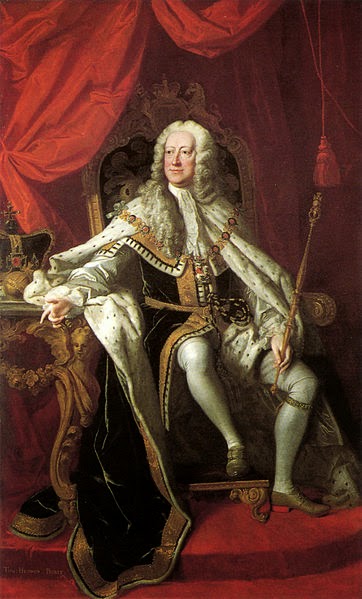
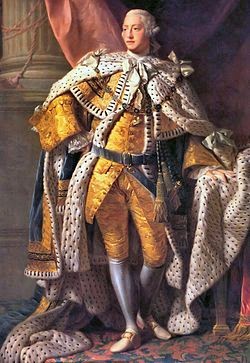


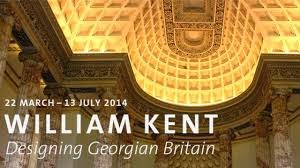
.jpg)



